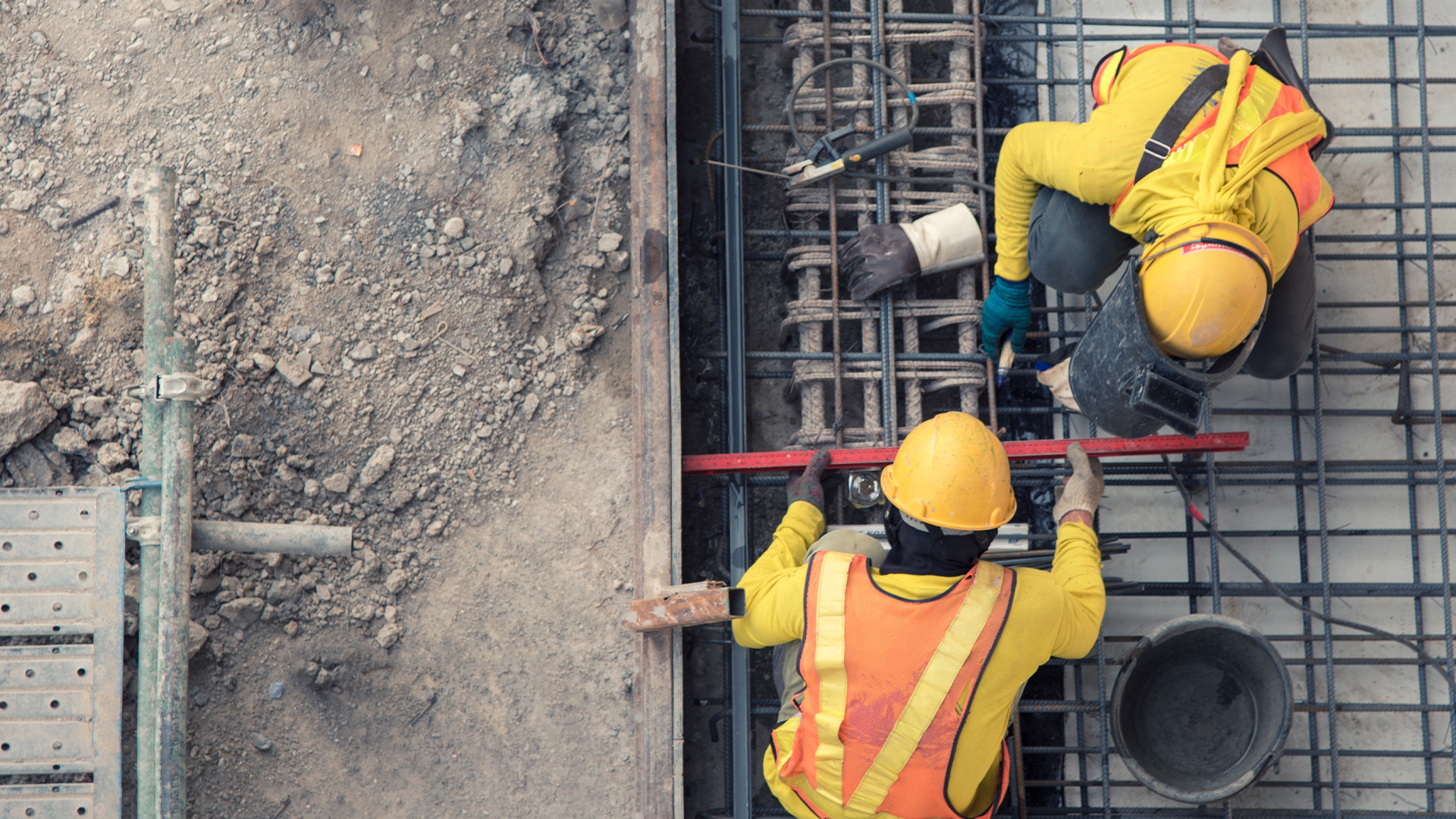Brief outline
The CIS was introduced to counter perceived tax evasion in the construction industry and certain other businesses.
It imposes an obligation on a contractor to deduct amounts on account of tax from payments made by it to a subcontractor and to account for those deductions to HM Revenue and Customs (HMRC). The amounts deducted are treated by HMRC as advance payments towards the subcontractor’s tax and National Insurance contributions.
Contractors must register for the scheme. Subcontractors are not obliged to register, but deductions are taken from their payments at a higher rate (30 per cent rather than 20 per cent) if they are not registered.
“Mainstream” and “deemed” contractors
Under the CIS, the word "contractor" encompasses both businesses which undertake construction as a core activity such as property developers, building and construction businesses, utilities, telecommunications, transport network and infrastructure companies (referred to as “mainstream contractors”) and also businesses which do not undertake construction operations but whose spend on construction operations meets certain thresholds (“deemed contractors”), perhaps a property investor who undertakes certain refurbishment works.
A business will be a “deemed contractor” if its average annual expenditure on construction operations in the UK in the period of three years ending with their last accounting date exceeds £1 million. “Construction operations” extend beyond building structures and include activity such as site preparation, erecting scaffolding, installing heating and lighting systems and painting and decorating.
If a business has not yet been trading for a three-year period, it will be a “deemed contractor” if its total expenditure on construction operations in the UK for the part of that period of three years during which it has been trading exceeds £3 million.
Once classified as a “deemed contractor”, a business must remain registered for the CIS until it has satisfied HMRC that the expenditure on construction operations in the UK has been less than £1 million in each of three successive subsequent years.
It is worth noting that the registration threshold for “deemed contractors” under the CIS is expected to change with effect from April 6, 2021. The new approach is expected to involve a rolling review that will trigger a registration requirement where there is more than £3 million of relevant construction expenditure in any 12-month period.
Examples of “deemed contractors” could include property investors, retailers and banks which undertake property refurbishment works. Businesses should keep an accurate record of the date and amount of construction spend in order to clearly identify when they become (or cease to be) contractors under the CIS.
“Subcontractors”
A subcontractor is a business which carries out construction work for a contractor or provides staff to do that work or subcontracts it to another person. This wide definition means that it may include project managers or engineers where they are not simply acting as consultants but are involved in the execution and management of the construction work.
The contractor’s obligations under CIS
Deductions. The rate of tax that must be deducted by a contractor depends on the subcontractor’s status. The contractor is obliged to check this status with HMRC before any payments to the subcontractor are made. Once that initial verification has been made, the contractor can rely on it for future payments unless/until HMRC notifies it of a change to the subcontractor’s status.
Unless HMRC confirm that the subcontractor is registered to receive payments gross, the contractor must deduct tax from payments to the subcontractor (excluding the cost of materials, VAT and any Construction Industry Training Board levy):
- At 30 per cent if the subcontractor is not registered; and
- At 20 per cent if the subcontractor is registered.
Where a subcontractor has satisfied HMRC that it meets certain criteria for gross payment (relating to turnover levels and tax compliance), the contractor can make payments without any tax deduction.
Deduction statements and monthly returns. Contractors must provide subcontractors with a payment and deduction statement setting out the deductions made under the CIS on account of tax.
Contractors must also submit monthly returns to HMRC setting out all payments made to subcontractors under the CIS in the preceding month. Nil returns must be submitted where no relevant payments have been made that month.
A number of penalties may be imposed for failure to comply with CIS. It is also possible for a contractor which has a CIS gross payment registration in respect of payments made to it in its capacity as a subcontractor, to lose that status if it fails to comply with its contractor obligations under the regime.



